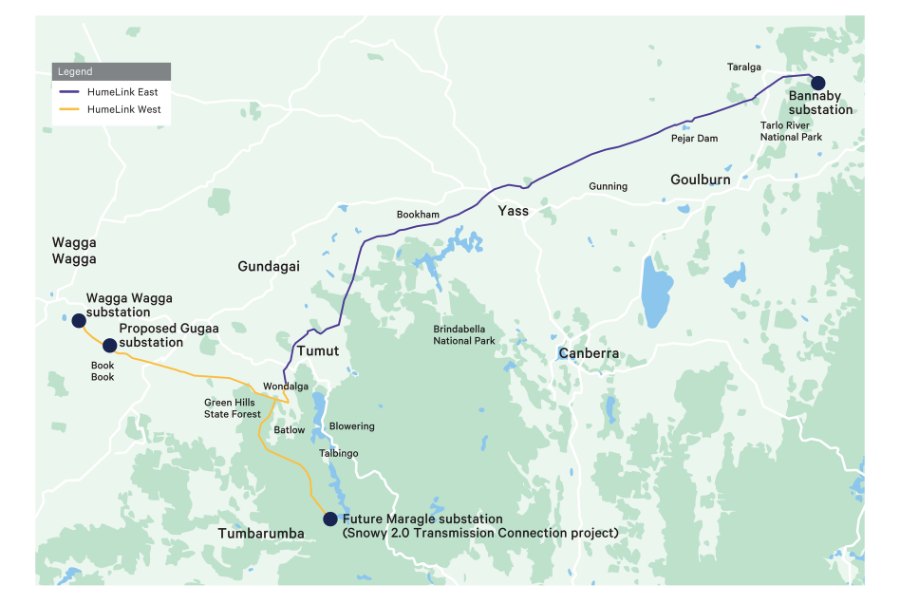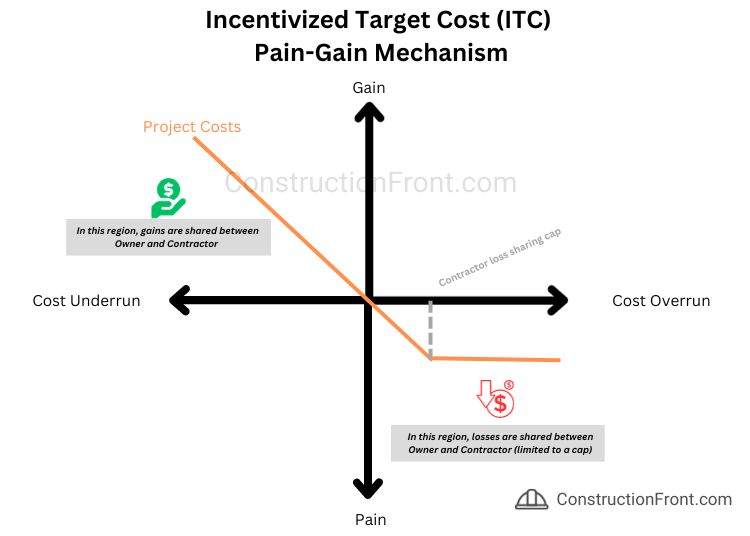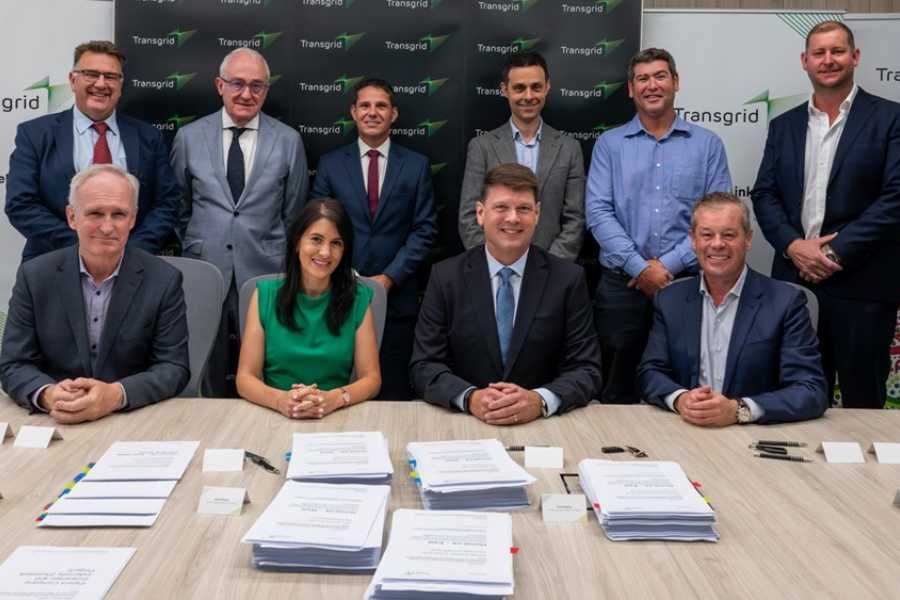Transgrid announced the award of two major contracts for the HumeLink Transmission Line Project in New South Wales (Australia). The combined value of the contracts stands at an estimated AUD $2.9 billion, and includes HumeLink West and HumeLink East packages.
Transgrid is responsible for operating and managing the high-voltage electricity transmission network in New South Wales and the Australian Capital Territory (ACT) serves as the vital link between generators, distributors, and major end-users.
This critical infrastructure initiative will connect new renewable energy generators to the grid and support the achievement of energy transition goals in the country.
Key Takeaways from ConstructionFront.com:
- Apart from the environmental benefits, the use of VERIFI will significantly increase quality control, boost productivity, and decrease operational risks for HS2.
- Concrete technology has been rapidly evolving and the implementation of sensors in truck-mixers can significantly help on quality control of concrete transportation.
HumeLink Tranmission Line - Project Details
HumeLink is a 500kV transmission line interlinking Wagga Wagga, Bannaby, and Maragle, marking a significant stride in the state’s energy infrastructure. Spanning approximately 385 km, it covers the proposed transmission lines and upgraded facilities (e.g. substations) across three key locations, as shown below.
The transmission line will also connect the largest renewable energy project in Australia, SnowyHydro 2.0, which is set to provide an extra 2,200 megawatts of readily available, on-demand generating capacity and around 350,000 megawatt hours of large-scale storage to Australia’s National Electricity Market.

The project’s primary goal is to enhance grid reliability and sustainability by improving transmission capacity for renewable energy nationwide. Apart from technical aspects, the project also drives economic boost for regional areas of NSW, bringing significant investment for cities within the line corridor and will help to generate thousands of jobs.
HumeLink Tranmission Line - Contract Award
Subject to approval from the Australian Energy Regulator and the finalization of financial arrangements, the delivery of the HumeLink project will comprise the construction of two sections — east and west.
According to Transgrid, the sum of both contracts is over $2.8 billion, awarded to two different JVs (Acciona-Genus Group JV – East Package; UGL-CPB JV – West Package), as detailed in the table below.
Package | Brief Scope | Contractor JV | Value |
HumeLink East | Design and construction of 237km dual circuit 500kV Overhead Transmission Lines from Bannaby to Wondalga; Upgrading of Bannaby 500kV substation | ACCIONA and Genus Group Ltd (JV) | Circa $1.4B AUD |
HumeLink West | Engineering, procurement, construction, and commissioning of 148kms 500kV transmission lines from Snowy 2.0 connection at Maragle to Wagga Wagga; Construction of two new 500kV substations at Gugaa and Maragle; Augmentation of Wagga Wagga 330kV substation | UGL and CPB Contractors (JV) | Circa $1.4B AUD |
It is understood that the contracts follow a two-stage structure:
- The first stage will use a commercial framework similar to an early contractor involvement (ECI), which will commence immediately, covering detailed design, investigations, preliminary procurement and mobilization.
- The second phase (construction) will commence after the final investment decision (FID) and project approvals are obtained, which is expected to be by mid-2024.
Both agreements for the construction phase will adopt an incentivized target cost framework. These contracts are a spin-off of alliancing contracting, in which the Owner and contractors share delivery risks. The agreements commonly follow a Target Cost (or Target Outrun Cost – TOC) structure, which acts as a cost benchmark governing a pain-gain mechanism.
In essence, this pain-gain system operates in a way that if the alliance successfully completes the project below the TOC, the savings are distributed among the alliance members according to a predetermined ratio (typically 50% for the Owner and 50% for the Contractor).
On the other hand, should the alliance exceed the TOC, both parties share the cost overrun within a predetermined ratio (usually 50/50 between Owner and Contractor). Notably, these agreements often establish a maximum loss amount (“loss cap”), outlining the maximum liability the Contractor will bear.
Suggested Article: What is an Alliance Contract? (Pros, Cons & Examples)

HumeLink Tranmission Line - Leadership Comments
Transgrid’s CEO, Brett Redman, emphasized the pivotal role of HumeLink as a cornerstone in the National Electricity Market (NEM), fortifying and bolstering the essential southern network of NSW and Victoria.
Redman stressed the indispensable nature of accelerating major transmission projects to align with the joint vision of the Federal and NSW governments for an eco-friendly energy future in Australia.

Highlighting the extensive impact of HumeLink, Brett Redman expressed confidence in the project’s ability to generate significant job opportunities and bolster suppliers at both regional and national levels. The CEO underscored HumeLink as a landmark investment, which is projected to yield over $500 million in net benefits for the nation.













